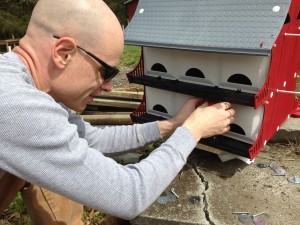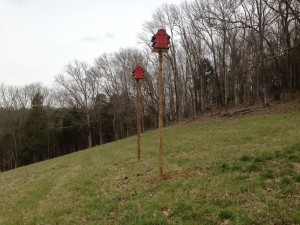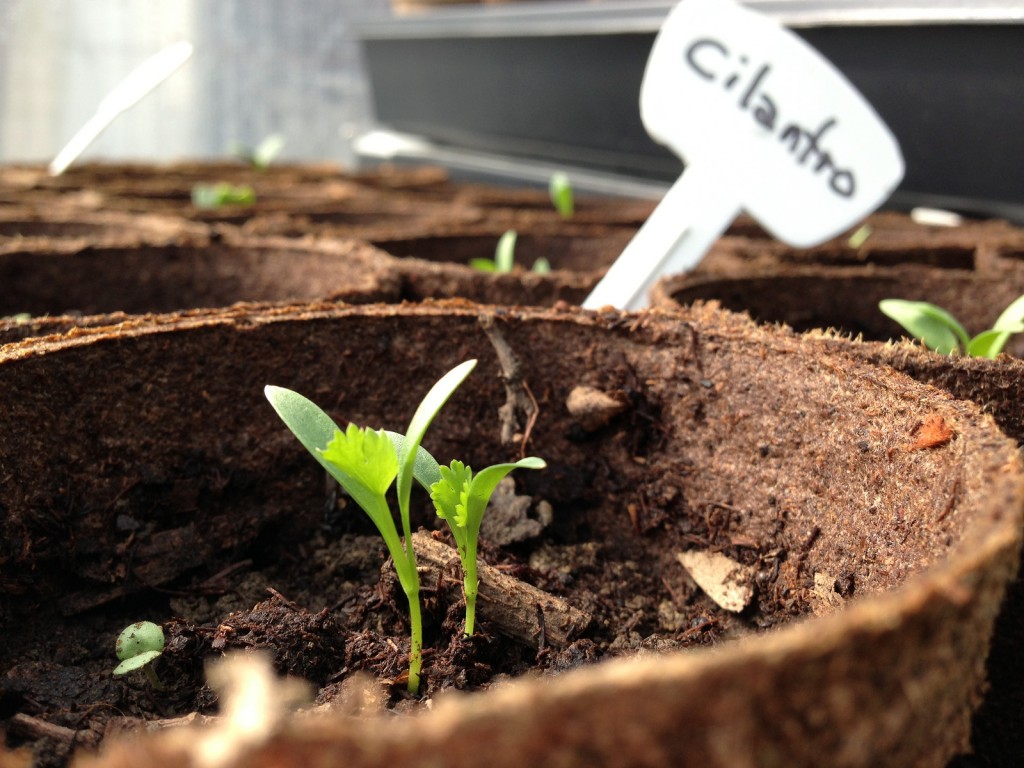
Organic cilantro awaits a late planting at Half Hill Farm.
(Woodbury, TN) — Half Hill Farm has become one of Cannon County’s first farms to receive USDA organic certification. Half Hill Farm is a small seven acre farm growing certified organic apples and blueberries with mushroom and hop production starting this year.
 Half Hill Farm was created by former Short Mountain Distillery COO Christian Grantham and his partner Vince Oropesa and certified by Quality Certification Services of Florida. Grantham hopes the new venture will provide the community with healthier and sustainable food choices.
Half Hill Farm was created by former Short Mountain Distillery COO Christian Grantham and his partner Vince Oropesa and certified by Quality Certification Services of Florida. Grantham hopes the new venture will provide the community with healthier and sustainable food choices.
“Our community’s nationally recognized taste for good food and drink is just one way Woodbury’s craft heritage continues to shine,” Grantham said. “Dedication to inspected organic farm practices is one way I think local farmers can play an important and responsible role in elevating our Southern food culture.”
Recent changes in state law have inspired a craft brewing renaissance in Tennessee with no local growers of hops, beer’s main bittering and aromatic ingredient. Half Hill Farm is proud to serve the state’s craft brewers as Tennessee’s first organic hops grower.
“As a home brewer, I appreciate what it takes to make a good hand-crafted beer,” Grantham said. “We’re excited to support some of the state’s very best craft brewers with sustainable organic Cascade and Centennial hops.”
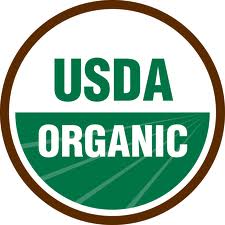 Organic farming practices focus on sustainable food production methods that condition and improve the life of our planet’s soil while producing healthier food choices. These practices (cover crops, composting, no-till methods) decrease dependence on harmful inputs and energy use while harnessing the power of nature’s perfect design.
Organic farming practices focus on sustainable food production methods that condition and improve the life of our planet’s soil while producing healthier food choices. These practices (cover crops, composting, no-till methods) decrease dependence on harmful inputs and energy use while harnessing the power of nature’s perfect design.
“The idea with organic farming is having high quality foods available for local residents, then the excess can be available for out of town markets,” said Pamela Hoskins, District Conservationist with USDA’s Natural Resources Conservation Service. “I have always thought that Cannon County is the perfect location for organic growers because of the close proximity to urban areas.”
Shiitake and Maitake (Hen of the Woods) mushroom production at the farm starts later this summer with fresh and dried available in the Fall. Half Hill Farm is also growing limited amounts of organic spinach, garlic, onions, tomatoes (Roma, Giant Beef Steak, Lemon Drop, Kellogg’s Breakfast), peppers (Serrano, Jalapeno, Beaver Dam, Sweet Pickle Peppers, Peperoncini, California Wonder, Orange Bell, Anaheim), herbs (cilantro, basil, dill), cucumber, carrots and soy beans (Shirofumi and Agate).
Learn more about Half Hill Farm on FaceBook at http://facebook.com/HalfHillFarmTN.
 I love maps, and I especially love this very personal collection and how practical and necessary a resource it was to someone finding their way in the world. Elder eventually found his way in love and married.
I love maps, and I especially love this very personal collection and how practical and necessary a resource it was to someone finding their way in the world. Elder eventually found his way in love and married.

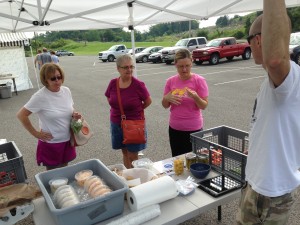 We had no idea our first year’s test patches would produce anything near enough to go to market. Maybe it’s all the rain. Maybe it’s a couple of
We had no idea our first year’s test patches would produce anything near enough to go to market. Maybe it’s all the rain. Maybe it’s a couple of 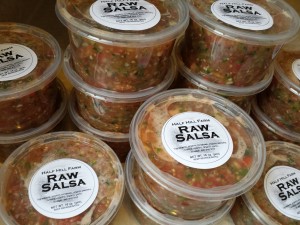
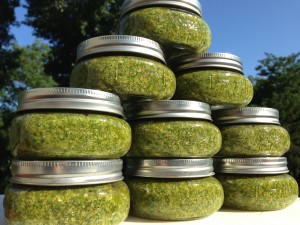
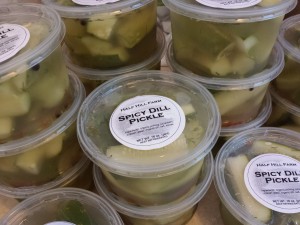

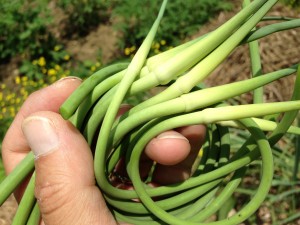 We cut the scapes off to force the plant to send its energy to the bulb, remove the flowering top and use them much like chives in food. They have an amazing fresh flavor that isn’t as strong as garlic.
We cut the scapes off to force the plant to send its energy to the bulb, remove the flowering top and use them much like chives in food. They have an amazing fresh flavor that isn’t as strong as garlic.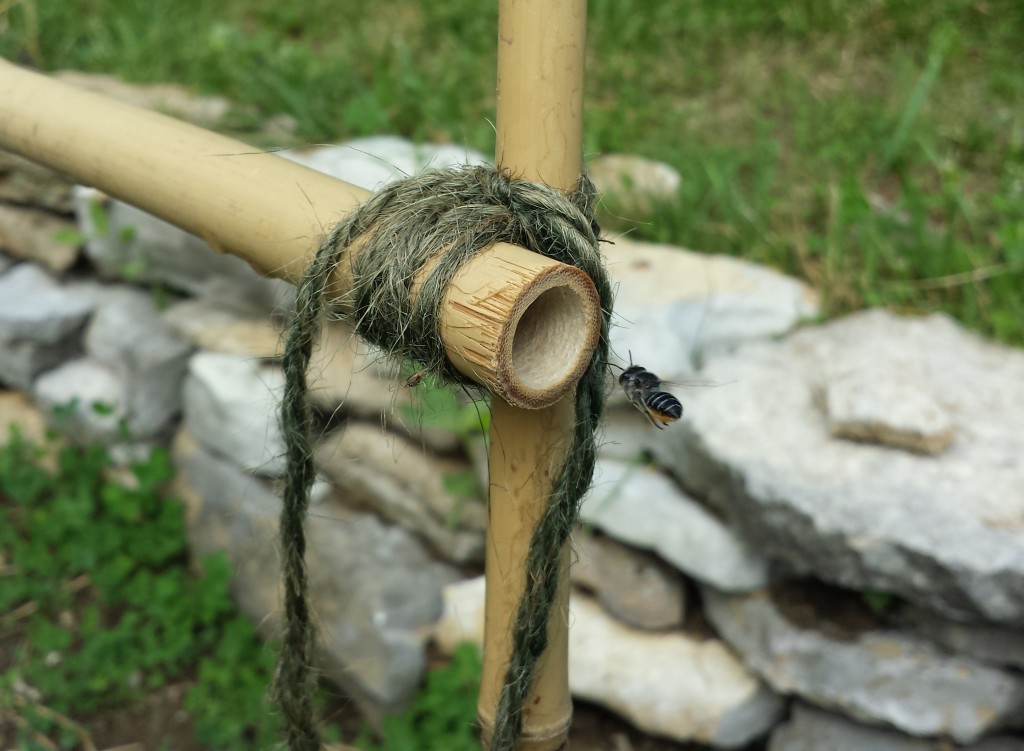
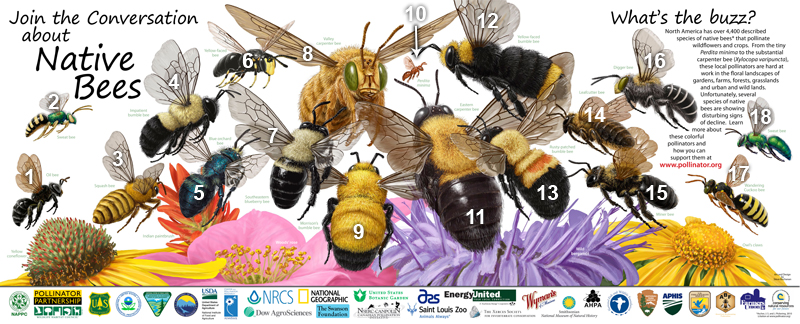






 Organic farming practices focus on sustainable food production methods that condition and improve the life of our planet’s soil while producing healthier food choices. These practices (cover crops, composting, no-till methods) decrease dependence on harmful inputs and energy use while harnessing the power of nature’s perfect design.
Organic farming practices focus on sustainable food production methods that condition and improve the life of our planet’s soil while producing healthier food choices. These practices (cover crops, composting, no-till methods) decrease dependence on harmful inputs and energy use while harnessing the power of nature’s perfect design.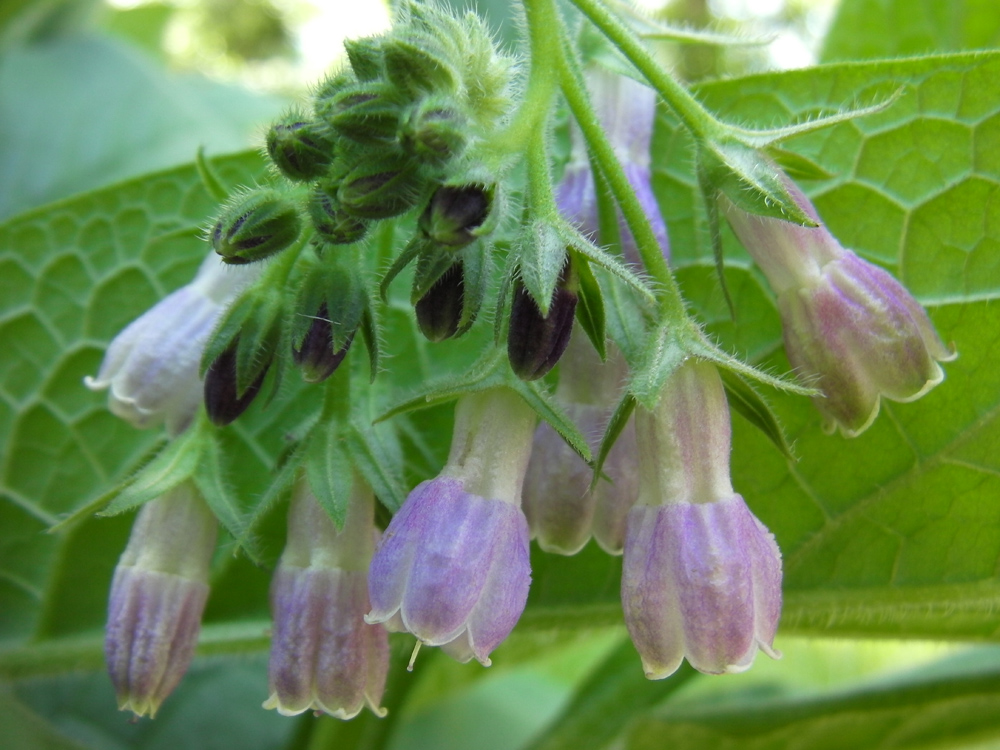
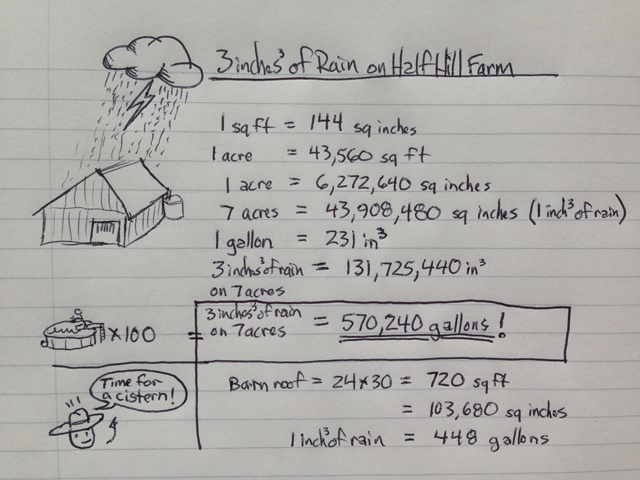
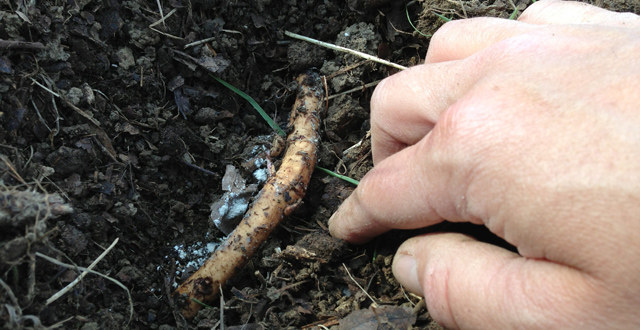
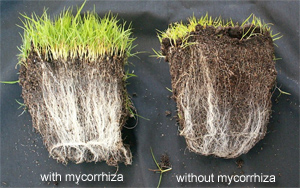 How it works: The fungi is naturally occurring in healthy soil all over the world.
How it works: The fungi is naturally occurring in healthy soil all over the world. 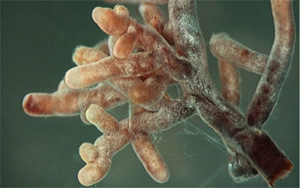 Perfect design: Mycorrhizae are basically a mushroom (mycelium) that feeds off the plant’s sugars through its root system. What the fungus does in return for plants is truely amazing: it takes nutrients and water from the soil and feeds the plant by becoming a huge network of extended roots. The fungi is also what breaks down rocks and minerals for plants. It also makes plants more drought resistant as their access to soil moisture is more than ten times that of non-inoculated plants. One application to roots during transplanting or seeding lasts the entire life of the plant, and the results are indisputable.
Perfect design: Mycorrhizae are basically a mushroom (mycelium) that feeds off the plant’s sugars through its root system. What the fungus does in return for plants is truely amazing: it takes nutrients and water from the soil and feeds the plant by becoming a huge network of extended roots. The fungi is also what breaks down rocks and minerals for plants. It also makes plants more drought resistant as their access to soil moisture is more than ten times that of non-inoculated plants. One application to roots during transplanting or seeding lasts the entire life of the plant, and the results are indisputable.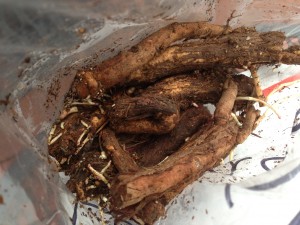 Two things I’m very excited about arrived at the farm this week. First is the
Two things I’m very excited about arrived at the farm this week. First is the 